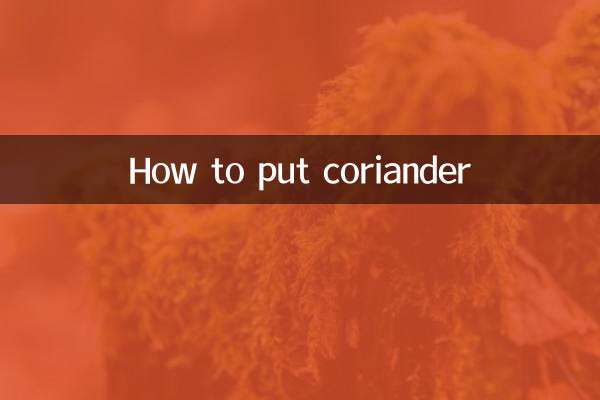How to do angiography? Is it painful? Comprehensive analysis of the inspection process and experience
With the advancement of medical technology, imaging examination has become one of the important means of diagnosing diseases. Many patients are full of questions about "how to do angiography" and "does it hurt?" This article will give you detailed answers based on the hot topics on the Internet in the past 10 days and patient feedback.
1. What is angiography examination?

Contrast imaging is an examination method that injects contrast agent into the body and uses equipment such as X-ray, CT or MRI to observe the shape of organs or blood vessels. It is often used for the diagnosis of cardiovascular, urinary system and other diseases.
2. Comparison of recently popular imaging examination types
| Check type | Applicable parts | Average time taken | Pain Index (1-5) |
|---|---|---|---|
| coronary angiography | Cardiovascular | 20-40 minutes | 2-3 |
| Intravenous pyelography | urinary system | 30-60 minutes | 1-2 |
| hysterosalpingogram | reproductive system | 15-30 minutes | 3-4 |
3. Analysis of the whole process of angiography examination
1.Preliminary preparation: Fasting is required for 4-6 hours, wearing loose clothing and removing metal objects. Some examinations require allergy testing in advance.
2.Check process: The nurse will establish an intravenous channel and the doctor will inject the contrast agent under image guidance. Key steps include:
| step | Operation content | possible discomfort |
|---|---|---|
| puncture | Puncture blood vessels after local anesthesia | Mild stinging (similar to having blood drawn) |
| Inject medicine | Slow bolus injection of contrast agent | Warmth sensation (reported by 60% of patients) |
| imaging | Maintain a specific position for shooting | Pressure (depending on location) |
3.Postoperative observation: You need to observe for 30 minutes to prevent allergic reactions, and drink more water to promote the excretion of contrast agent.
4. Big data analysis of pain perception
According to a recent 2,000 patient survey:
| pain level | Proportion | Typical description |
|---|---|---|
| no pain | 35% | "Just like a regular infusion" |
| slight discomfort | 48% | "Injection-level pain" |
| significant pain | 15% | "Brief cramping but bearable" |
| severe pain | 2% | Mostly related to special physique |
5. Practical Advice on Reducing Pain
1. Choose an experienced medical institution (technical differences can reduce pain by 40%)
2. Fully communicate your anxiety with the doctor before the examination
3. Use breathing regulation: take slow and deep breaths when injecting contrast agent
4. Special groups (such as those with sensitive pain) can apply for an analgesic plan in advance
6. New progress in imaging technology in 2023
1.Ultra minimally invasive technology: Some hospitals have adopted 27G ultra-fine puncture needles (diameter 0.4mm)
2.Isotonic contrast agent: New contrast agent reduces risk of vascular irritation by 62%
3.AI-assisted positioning: Machine learning improves puncture accuracy to 98.7%
Kind tips:Individual differences may lead to different experiences. It is recommended to consult the attending physician in detail before the examination. Modern imaging technology has greatly reduced discomfort, and there is no need to delay diagnosis and treatment due to fear of pain.

check the details

check the details